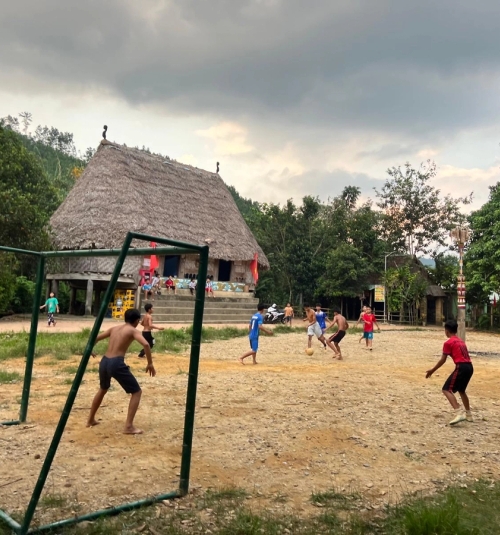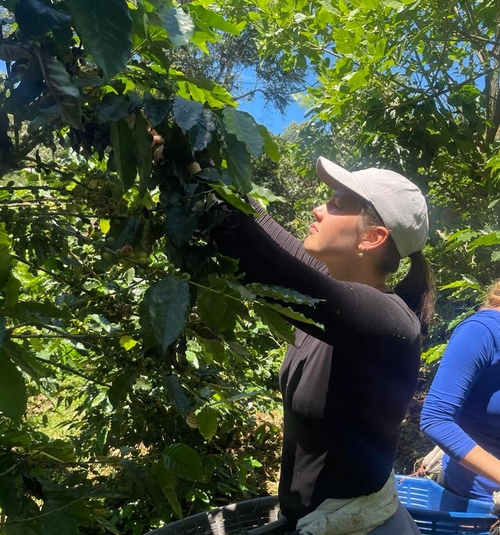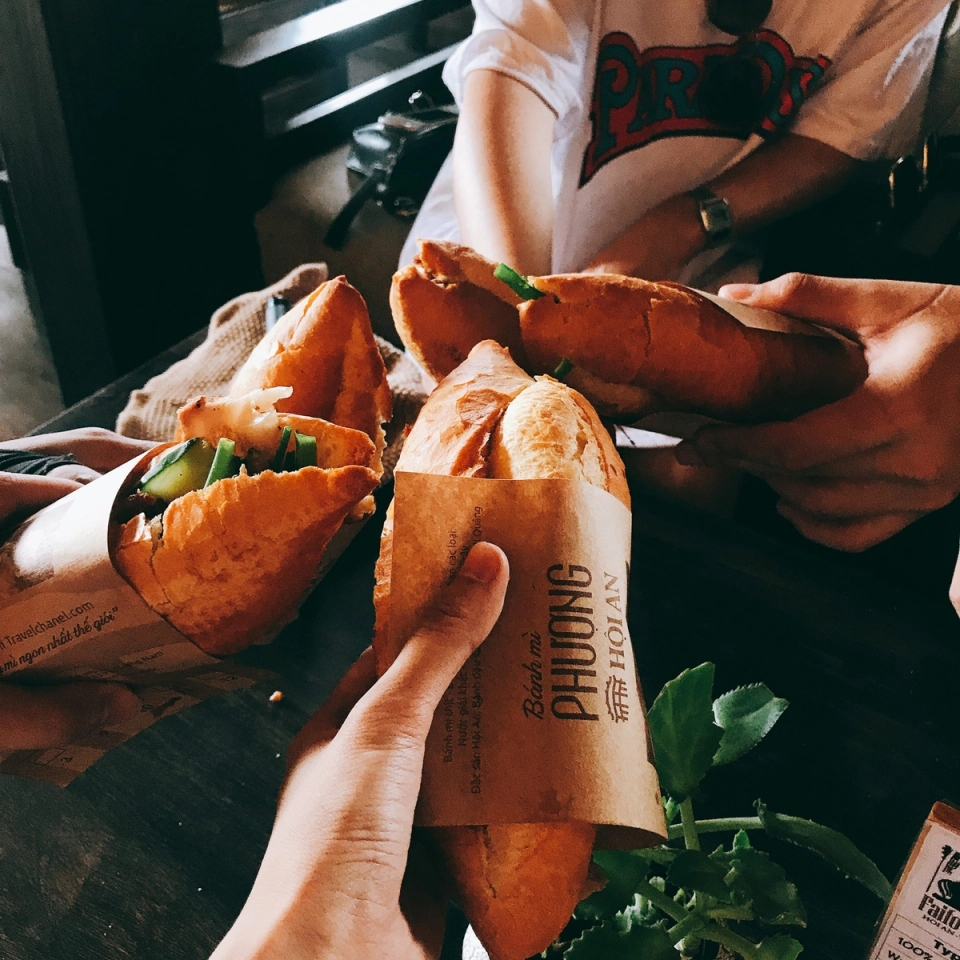
Hvorfor hurtigmatkjeder mislykkes i Vietnam
Burger King har over 16000 restauranter i over 100 land, mens tallet for McDonald’s er 36000. Hurtigmatindustrien anslås å være verdt mer enn en halv billion dollar, og øker.
Men det er ett sted hvor hurtigmatkjeder ikke ser ut til å slå an: Vietnam.

Denne teksten er oversatt ved hjelp av kunstig intelligens.
Se den originale versjonen av artikkelen her.McDonald’s åpnet sin første restaurant i Vietnam i 2014, og per 2018 har de 17 restauranter i dette landet med 90 millioner innbyggere. Burger King, som kom til Vietnam i 2011, har nå bare 13 restauranter totalt.
Disse tallene ligger langt bak de to firmaenes planer for forretningsutvidelse i Vietnam-markedet. Så hva skjedde?
Situasjonen kan virke knapt forståelig for utenforstående, men etter noen uker med studier her i Vietnam, vil det ikke være vanskelig for deg å se svaret selv.
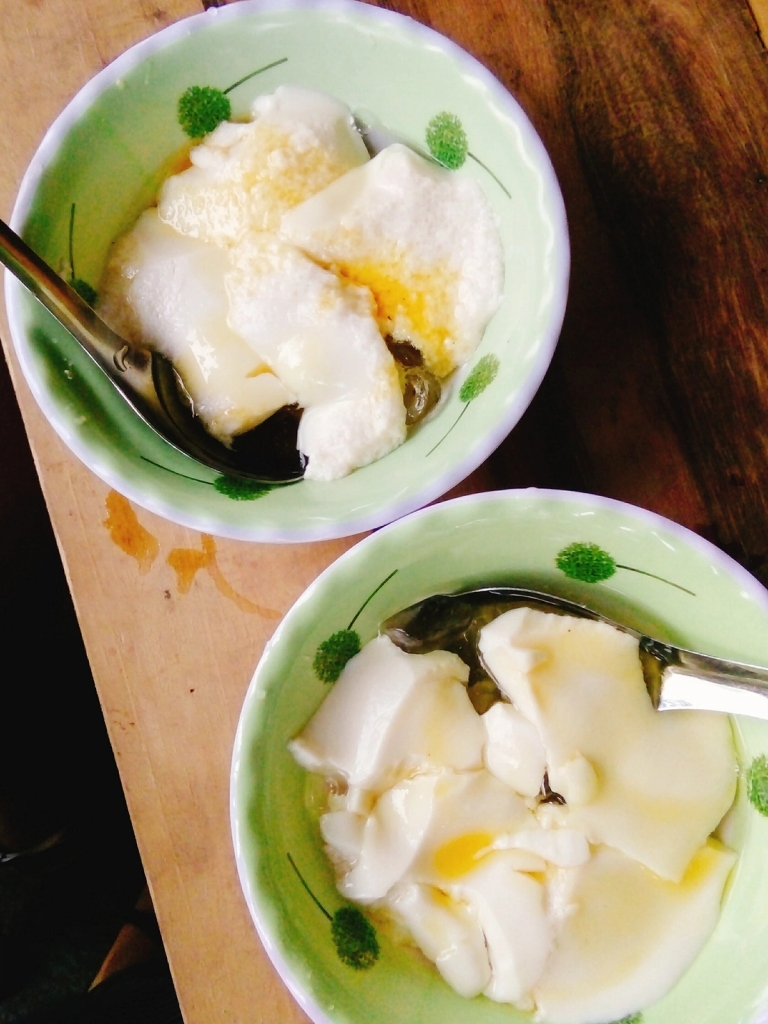
I Vietnam finnes det en hel kultur for gatekjøkken som er en formidabel konkurrent for internasjonale hurtigmatkjeder som ønsker å etablere seg i landet. Hvis du sykler og føler deg sulten, trenger du bare å parkere sykkelen ved veikanten, og sjansen er stor for at det finnes noen matboder i nærheten.
Hele transaksjonen er virkelig rask: Du kommer inn, bestiller mat, spiser, og siden boden er rett på fortauet, kan du umiddelbart ta sykkelen din og fortsette turen. Dette undergraver hurtigmatens annonserte tidsbesparende fordel siden gatekjøkken i Vietnam tar enda mindre tid.

Og det er mer å velge mellom enn det Burger King eller McDonald’s kan tilby. For eksempel, for noe lett, finnes det tofu eller søt suppe.
Kyllingris eller nudler passer godt til lunsj eller middag. I tillegg finnes det et mylder av andre typer kaker, juicer, grillet kjøtt, frukt, osv. langs gatene som lover å tilfredsstille nesten enhvers smak. Og de koster definitivt mindre.
Men pris er ikke en stor del av svaret på Burger King og McDonald's fiasko i Vietnam. Det som er viktigere er den forskjellige opplevelsen som hurtigmatrestauranter og gatekjøkkenboder tilbyr.
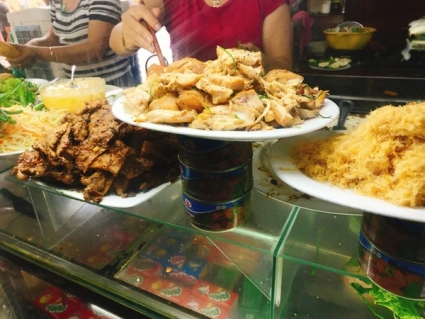
Vietnamesere elsker å snakke og dele. Og å spise for dem er ment for å møte både deres fysiologiske behov og deres behov for å sosialisere.
Miljøet i de fleste hurtigmatrestauranter og den mekaniske egenskapen til hvordan maten blir laget og servert der, tillater knapt noen interaksjoner mellom kunder og selgere, så vel som blant kundene selv.
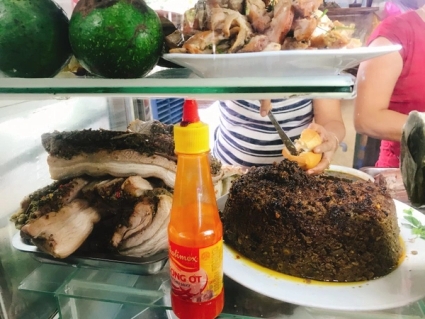
Mens med gatekjøkken kan du blande deg inn i omgivelsene, du blir en del av stedet. Du kan be selgeren tilpasse maten etter din smak. Mens du spiser, kan du også prate, le, dele mat og se på folk som går forbi på gaten.
Når man snakker om vietnamesisk gatekjøkken, må man nevne banh mi.
Det er en type brød fylt med forskjellige typer fyll: grønnsaker, smør, egg, kjøtt, kylling, agurk, pølser osv., avhengig av smaken din.

Som student i Hoi An, vil du sannsynligvis trenge banh mi for å redde magen din om morgenen som er for rask til å spise ordentlig frokost, eller om ettermiddagen sykler til skolen for et seminar, når det fortsatt er for tidlig til middag.
Og helt sikkert, på kort tid etter ankomst i landet, vil du finne deg selv si “banh mi” til selgerne som om du hadde snakket vietnamesisk flytende i lang tid.


